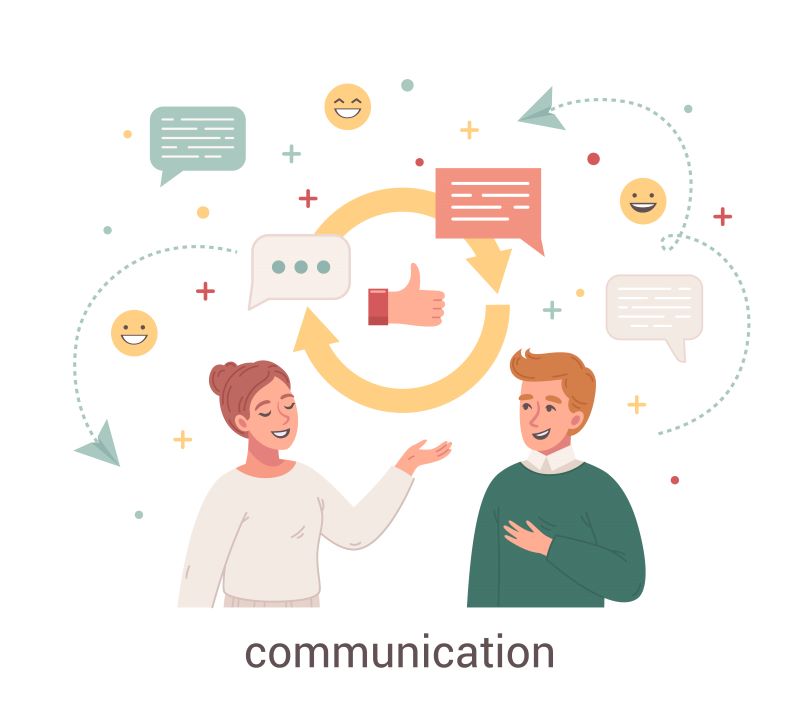Essence of Feedback in Communication: Types and Significance
Fundamentally, feedback in communication entails the interchange of concepts, ideas, and thoughts. It is crucial for improving the efficacy of communication, particularly across a range of domains including business, mass communication, and interpersonal exchanges. This blog explores the significance of feedback in communication. Also learn about classification, definition, and varieties, with the aid of statistics, research, and illustrations from India.
Understanding Feedback in Communication
This pertains to the procedure of imparting information or eliciting reactions regarding behaviors or messages. It functions as a developmental instrument, enabling users to modify their communication approach, rectify errors, and accentuate favorable attributes. According to a study conducted in India by the Confederation of Indian Industry (CII), 85 percent of professionals consider feedback to be indispensable for improving their workplace communication abilities.

Types of Feedback
- Constructive:
This is characterized by its emphasis on improvement, identification of deficiencies, and provision of practical recommendations. For example, within the context of business communication in India, constructive criticism might consist of recommendations for improving presentation abilities or organizing correspondence more effectively to ensure clarity and influence.
- Positive:
Positive reinforcement and recognition of effective communication behaviors. Seventy percent of employees in India felt motivated and engaged after receiving positive criticism skills, according to a study by the Indian Institute of Management; this resulted in increased job satisfaction.
Use DEIJobs to advertise your inclusive job openings today!
Importance of Feedback in Communication Contexts
- Business Communication
Success in the sphere of business is predicated on the ability to communicate effectively. Facilitating collaboration, reducing misunderstandings, and promoting a communicative environment are all objectives of feedback in business communication. According to research conducted by the National Institute of Communication Management, the productivity of Indian businesses that prioritise feedback increases by 25%.
- Mass Communication
In the digital era, mass communication in particular requires the implementation of efficient feedback mechanisms. In the rapidly expanding digital landscape of India, content creators, marketers, and businesses rely heavily on feedback obtained through social media platforms, emails, and online content in order to assess audience reactions and enhance communication tactics.
Positive Feedback Examples in the Field of Communication
- In a Business Domain:
“Her ability to express her displeasure on the suggestions in a calm manner greatly impressed her fellow teammates.”
- Communications at Large:
“The impressions and engagement rate on your online posts have been substantial.”

Research and Statistics from India
According to data provided by the Internet and Mobile Association of India, organizations that proactively participate in consumer feedback on social media platforms observe a 30% increase in customer satisfaction. Furthermore, according to a survey conducted by the Indian Business Academy, eighty percent of Indian consumers view as more reliable businesses those that respond to customer feedback.
Conclusion
Feedback plays a crucial role by providing direction and shedding light on the way towards enhanced effectiveness in communication. In various contexts, it is vital to comprehend the importance of constructive and positive criticism. Given the complex and diverse cultural environment of India, where communication patterns and subtleties differ, the importance of adopting criticism mechanisms increases significantly. By integrating mechanisms into their communication procedures, both organizations and individuals can improve their communication capabilities. They can also cultivate stronger connections, and propel achievements in an increasingly interconnected global landscape.



